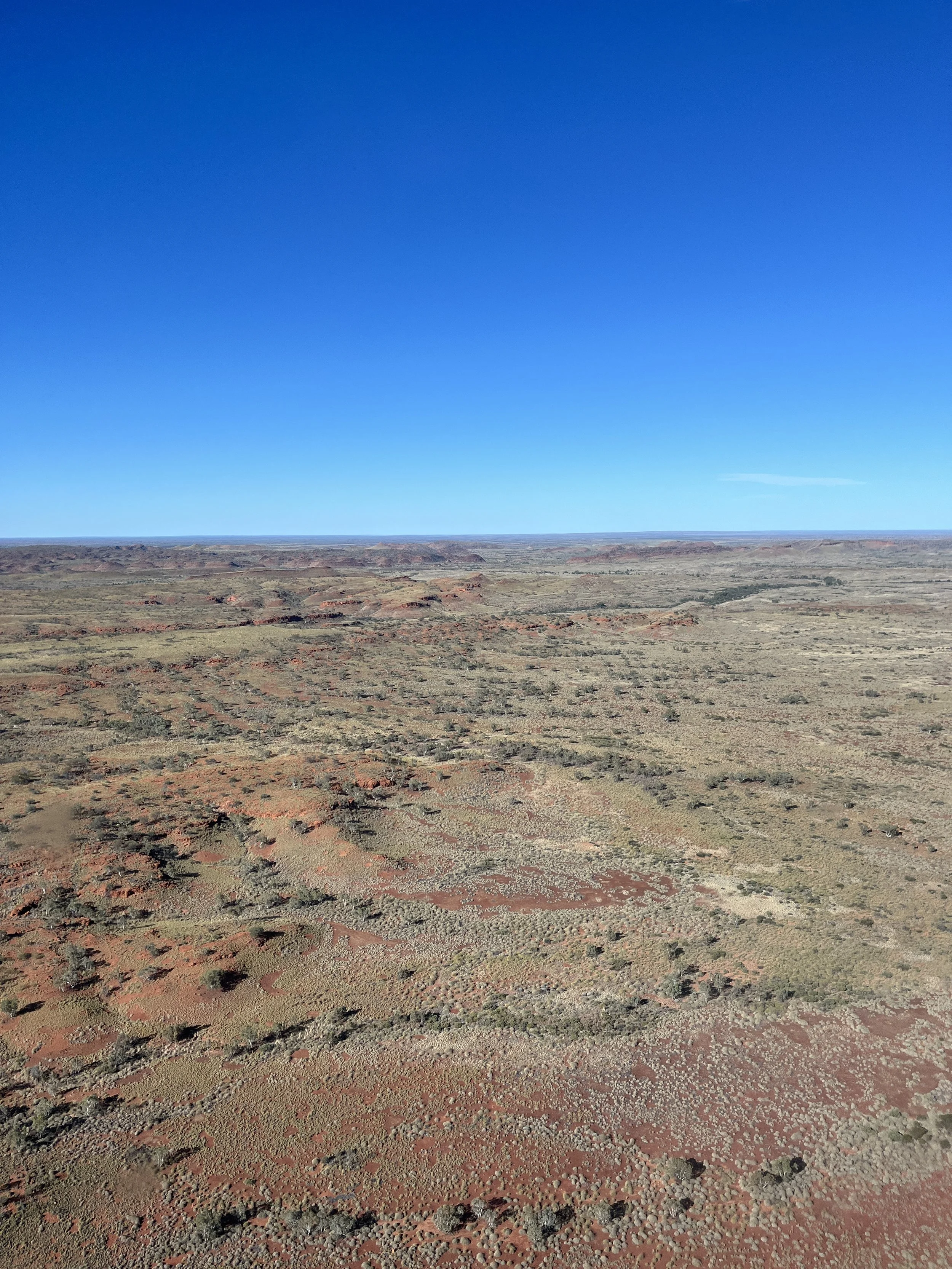Lycaon Resources is focused on making world-class discoveries with our projects located in the West Arunta, Kimberley and Pilbara Regions of Western Australia
Projects
“Exploring to develop resources with all key stakeholders front of mind”
— Thomas Langley, Lycaon Resources Technical Director




